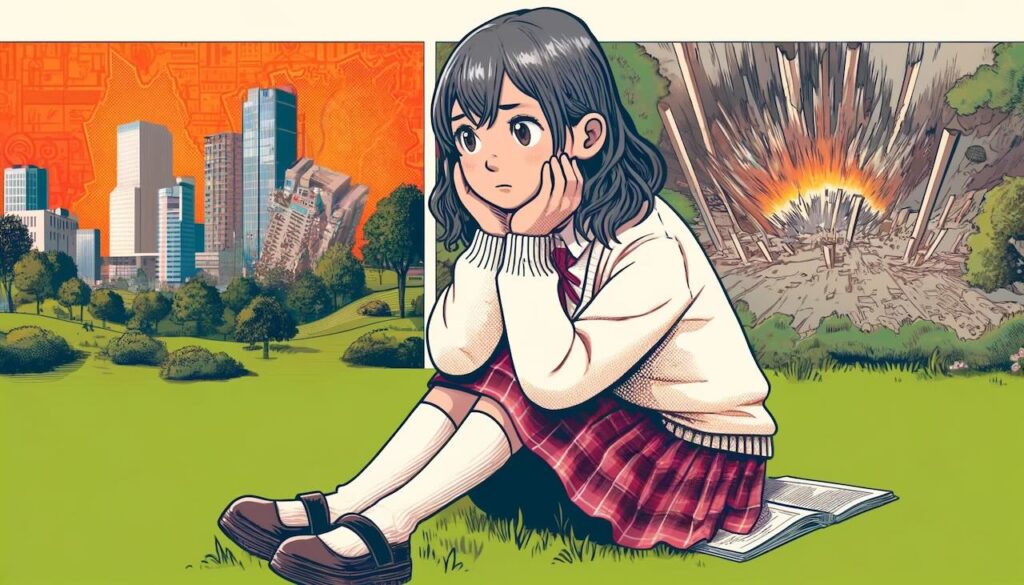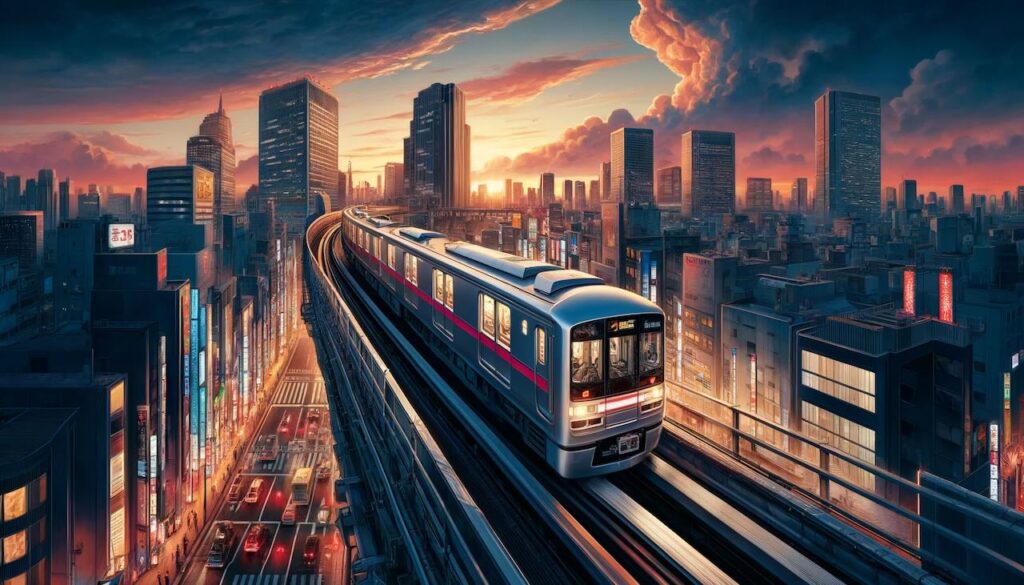The Marunouchi Line, operated by Tokyo Metro, is one of the most important and recognizable subway lines in Tokyo. Famous for its bold red trains, the line has become an enduring symbol of the city’s transportation system. Let’s explore the fascinating history of the Marunouchi Line and discover why its signature red color holds such significance.
A Brief History of the Marunouchi Line
The Marunouchi Line’s story began in 1954, when the first section between Shinjuku and Komagome opened to the public. Expansion followed quickly:
- 1957: Extended to Ikebukuro
- 1959: Opened from Ochanomizu to Nakano-sakaue
- 1962: Completed its full route from Shinjuku-sanchome to Ogikubo
Today, the line spans 24.2 kilometers, connecting Ogikubo in the west to Ginza in the east, while passing through major urban centers like Ikebukuro, Shinjuku, Tokyo Station, and Otemachi.
With an average daily ridership of about 1 million passengers, the Marunouchi Line remains a vital part of Tokyo’s fast-moving daily life.
Why Red? The Story Behind the Iconic Color
The striking red color of the Marunouchi Line’s trains was officially introduced in 1988 with the launch of the 02 series trains.
Before that, the line’s trains featured a mix of colors—including green, blue, and cream.
Several reasons influenced the move to a red color scheme:
- Visibility:
Red offers high visibility, making it easier for passengers to spot trains quickly, especially in dimly lit underground stations—improving overall safety. - Brand Identity:
Red is also the corporate color of Tokyo Metro. Standardizing the Marunouchi Line trains in red helped strengthen brand recognition across the entire metro system.
Over time, the association between the color red and the Marunouchi Line became so strong that it’s now instantly recognizable to locals and tourists alike.
The red trains are not just transportation—they are part of Tokyo’s urban culture.
Conclusion
Since its opening in 1954, the Marunouchi Line has been a lifeline for Tokyo’s city center, connecting major neighborhoods and serving millions of commuters every day.
The introduction of its iconic red trains in 1988 not only enhanced safety and visibility but also helped cement the line’s place in Tokyo’s cultural landscape.
As Tokyo continues to grow and evolve, the Marunouchi Line’s bright red trains will remain a cherished and unmistakable part of the city’s vibrant daily rhythm.



